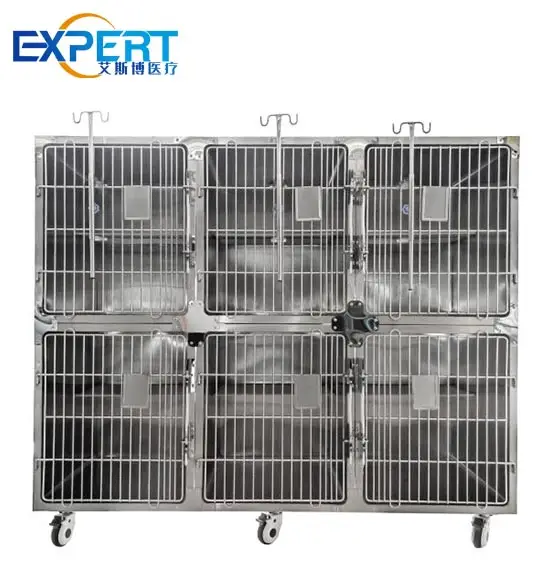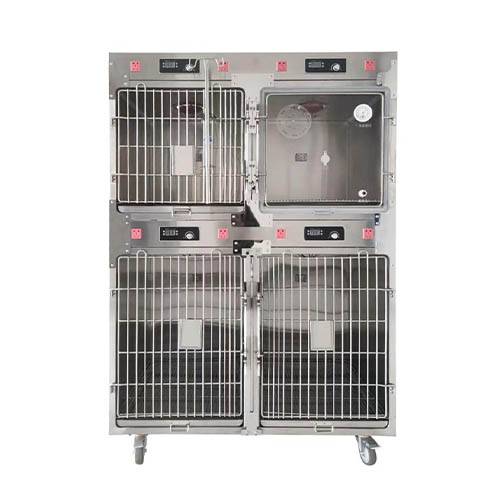Adresse
304, rue Cardinal Nord
Centre Dorchester, MA 02124
Heures de travail
Du lundi au vendredi : 7h - 19h
Week-end : 10h - 17h

In veterinary practice, the role of quality veterinary cat cages is paramount. These specialized enclosures not only ensure the safety and comfort of feline patients but also contribute significantly to their medical care and recovery process. This blog delves into the importance of veterinary cat cages, highlighting key features, types available, tips for choosing the right one, maintenance protocols, and answers to frequently asked questions.
Veterinary cat cages serve multiple crucial purposes in a clinic setting:
When selecting veterinary cat cages, several key features should be considered:






Veterinary cat cages come in various types to accommodate different needs and clinical environments:
| Taper | La description |
|---|---|
| Standard Cages | Basic, single-level cages suitable for short-term housing and examinations. |
| Double-Decker Cages | Stackable units that maximize vertical space in clinics with limited floor space. |
| Isolation Cages | Specialized units designed to prevent the spread of infectious diseases, equipped with sealed airflow systems. |
| Portable Cages | Collapsible or foldable cages ideal for travel, temporary housing, or mobile veterinary services. |
Each type of cage offers distinct advantages depending on the clinic’s size, patient load, and specific operational needs.
Selecting the appropriate cage involves considering several factors:

Maintaining cleanliness in veterinary cat cages is essential for preventing the spread of infections:
In conclusion, quality cages vétérinaires pour chats are indispensable tools that contribute significantly to the well-being and care of feline patients in veterinary clinics. By selecting cages with appropriate features, maintaining strict hygiene protocols, and adhering to safety standards, veterinary professionals can enhance the quality of care they provide and ensure a comfortable and secure environment for their feline patients.
Q : À quelle fréquence faut-il cages vétérinaires pour chats être nettoyé?
A: Veterinary cat cages should be cleaned daily, with thorough disinfection between each use or patient to prevent cross-contamination.
Q: Are there specific regulations for veterinary cat cages?
A: Regulations regarding veterinary cat cages may vary by region or jurisdiction. It’s essential to comply with local veterinary standards and guidelines to ensure the welfare and safety of animals.
Q: What should I consider when purchasing portable cages vétérinaires pour chats?
A: Portable cages should be lightweight yet sturdy, easy to assemble and disassemble for travel, and designed to provide a comfortable and secure environment for cats during transportation or temporary housing.
